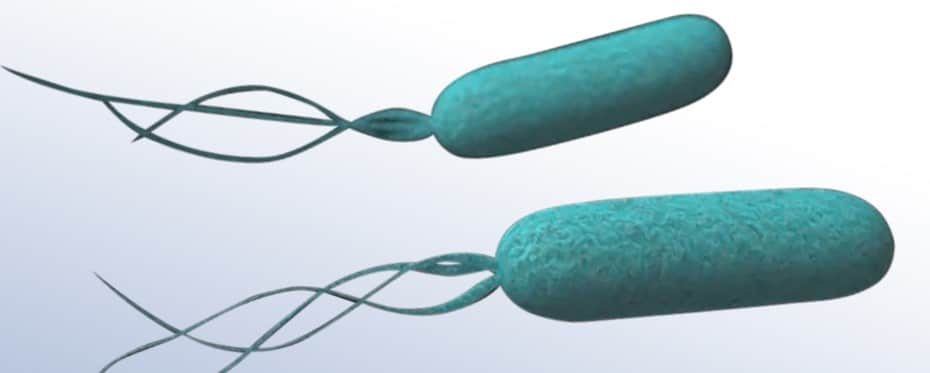Tag: microorganisms
Nivolumab against lung cancer: How is the gut–lung axis involved?

The study of the gut microbiome, which is the total of all the microbes living in the intestines, has been shown to not only play an important role in the health of the bowel itself, but also in the health of distant organs such as the lungs. Lung cancer is one of the diseases that is often difficult to treat […]
Read More… from Nivolumab against lung cancer: How is the gut–lung axis involved?
Microbiomes – the key to a healthier planet?

Microbiomes are communities of microorganisms living on or in animals, helping to keep them healthy. Changes in the composition of microbiomes could make wildlife more vulnerable to diseases which may be zoonotic – transmissible to humans – so monitoring them could help us to predict outbreaks of disease and protect global health. Dr Andrew Bartlow and colleagues at the Los […]
Read More… from Microbiomes – the key to a healthier planet?
Permafrost’s photosynthetic microorganisms thrive in the Arctic

Permafrost is found across the Arctic and Antarctic – perennially frozen landscapes that can harbour microscopic life. Researchers Dr Tatiana Vishnivetskaya from the University of Tennessee, Knoxville, and Dr Elizaveta Rivkina from the Institute of Physicochemical and Biological Problems in Soil Science, Pushchino, have collected permafrost sediment samples from polar regions to study the photosynthetic microorganisms within. The results of […]
Read More… from Permafrost’s photosynthetic microorganisms thrive in the Arctic
The biodegrading functions of microbial communities in polluted freshwaters

Pollution is a selective pressure that enriches microorganisms at polluted freshwater sites. Some microbial species can adapt to the levels of pollution in water streams, displaying metabolic capacities that allow them to degrade the contaminants. Dr Ayixon Sánchez-Reyes and Dr Luz Bretón-Deval, from the Institute of Biotechnology of the National Autonomous University of Mexico, study the microbial biodiversity landscapes of […]
Read More… from The biodegrading functions of microbial communities in polluted freshwaters
Getting retting better by bacterial blending

Jute is the second most important fibre crop after cotton. Harvesting of jute is followed by retting, where the fibres are separated from stems. This is performed in open waters where natural microorganisms decompose the plant material. The fibre quality depends on retting efficiency. Given the water scarcity in Bangladesh and the resulting delays in harvest, the quality of fibres […]
Read More… from Getting retting better by bacterial blending
In-situ monitoring of microbial circuitry

Microbial metabolisms are valuable tools in industrial biotechnology. The ability to monitor and measure the productivity of microbes is essential, but many standard techniques are limited by issues of labour- and time-intensity. With funding from the Department of Energy’s Bioenergy Technologies Office, Office of Science, and Environmental Management Program as well as the Department of Defense’s Defense Threat Reduction agency. Dr Charles (Chuck) […]